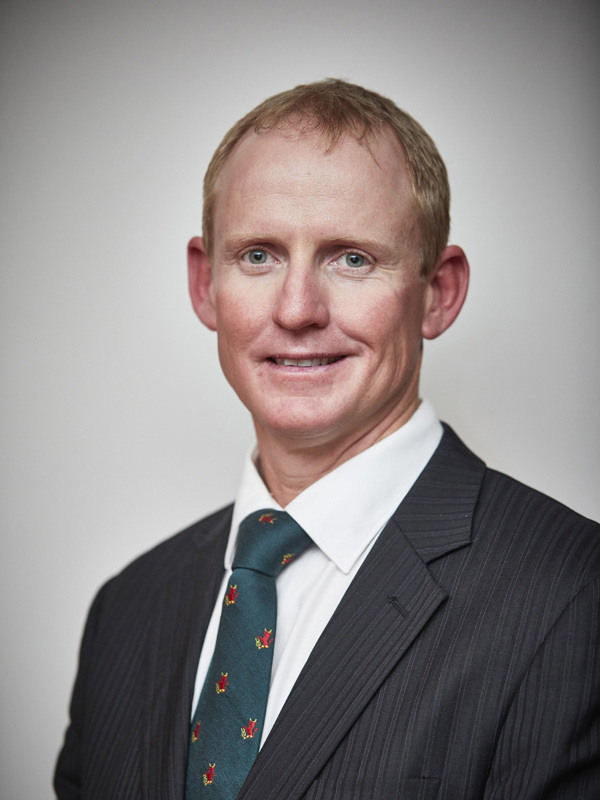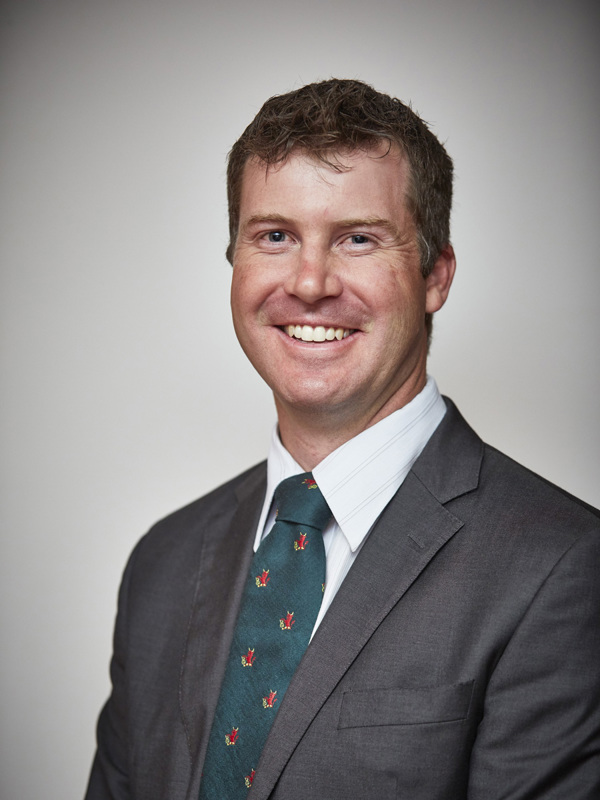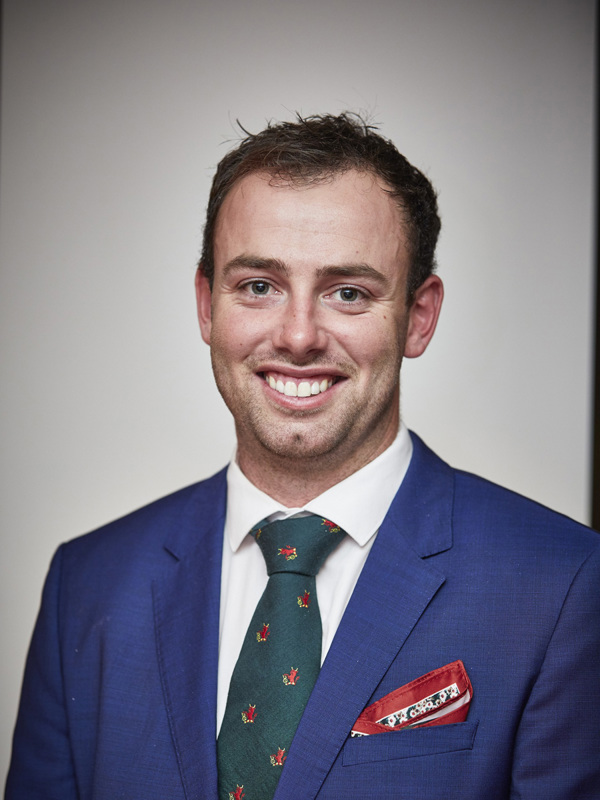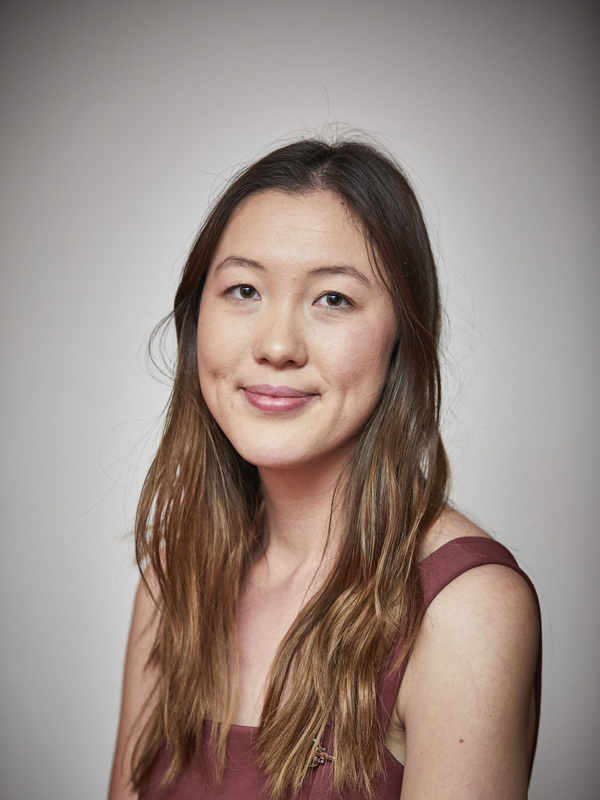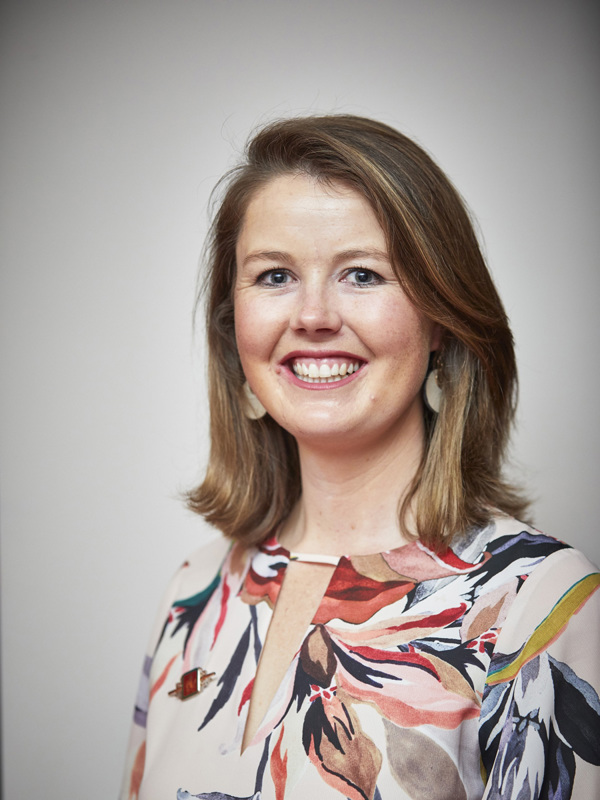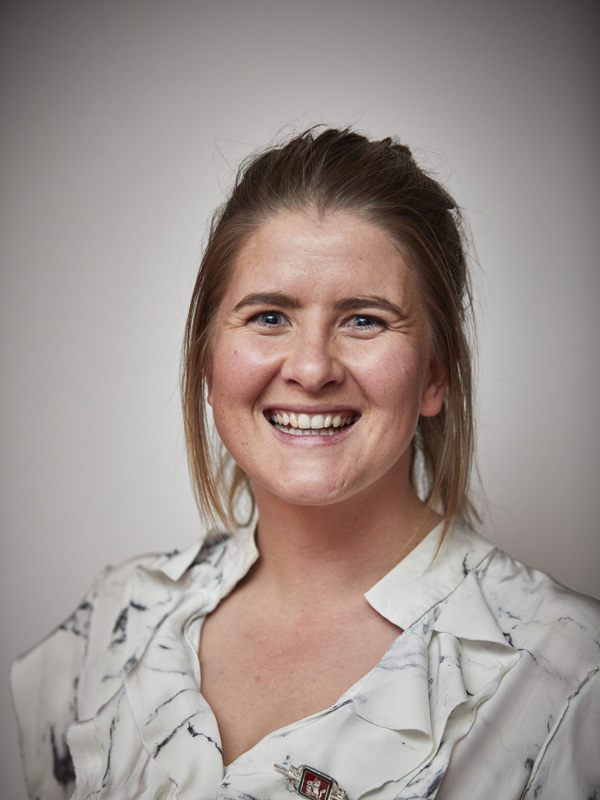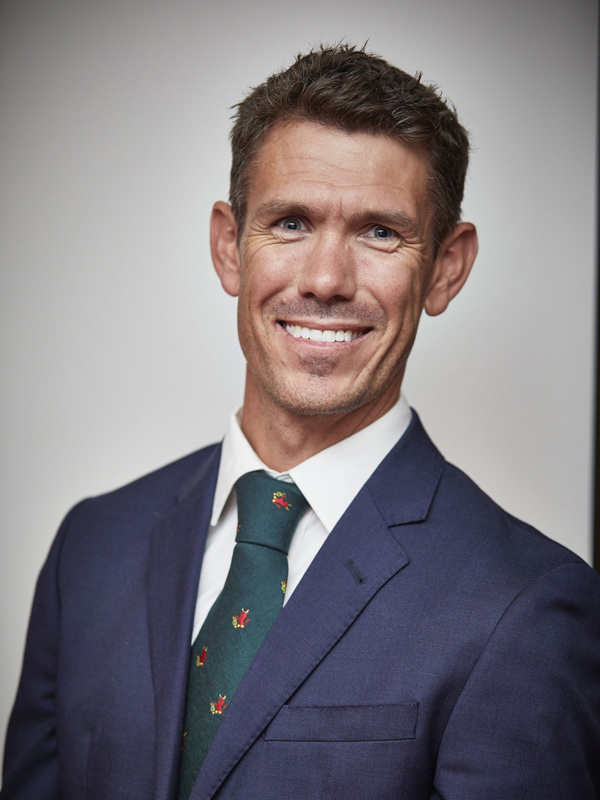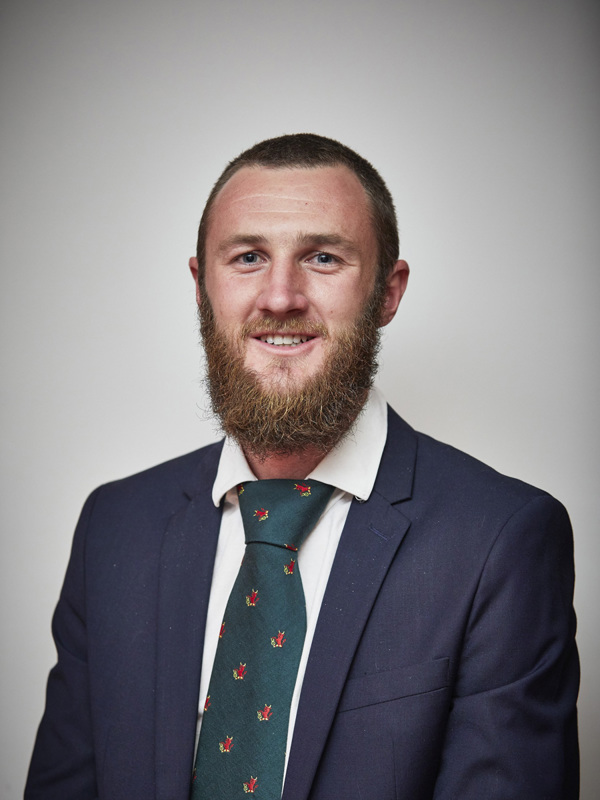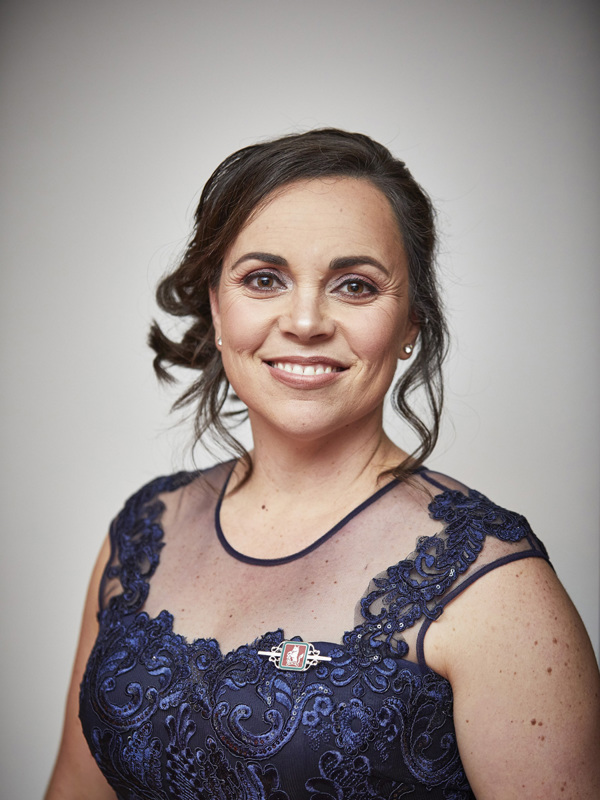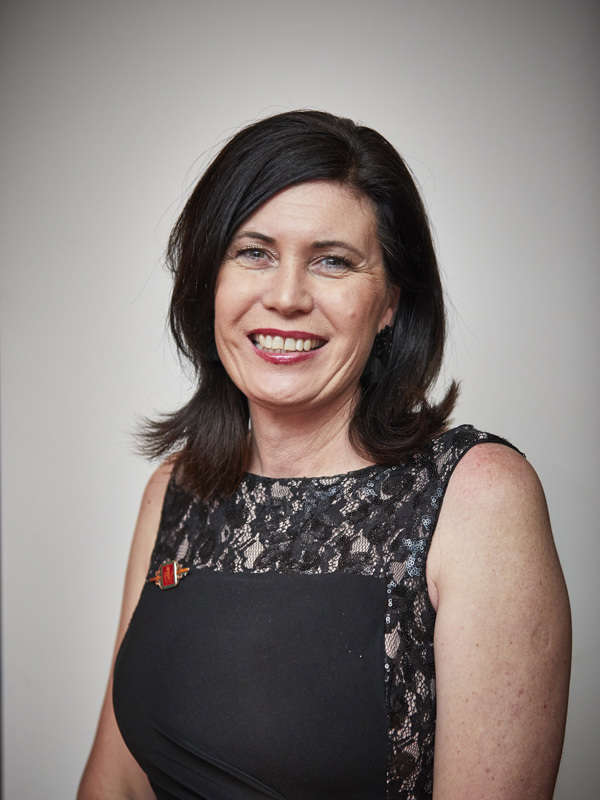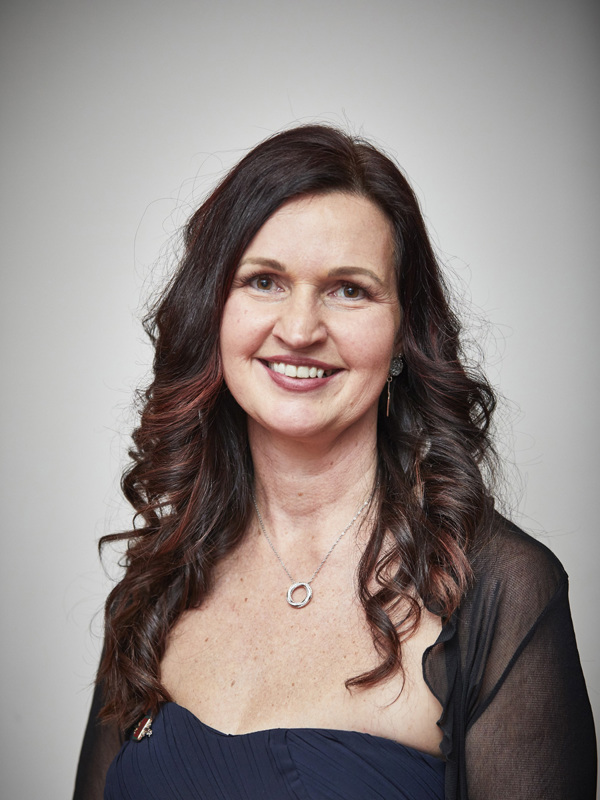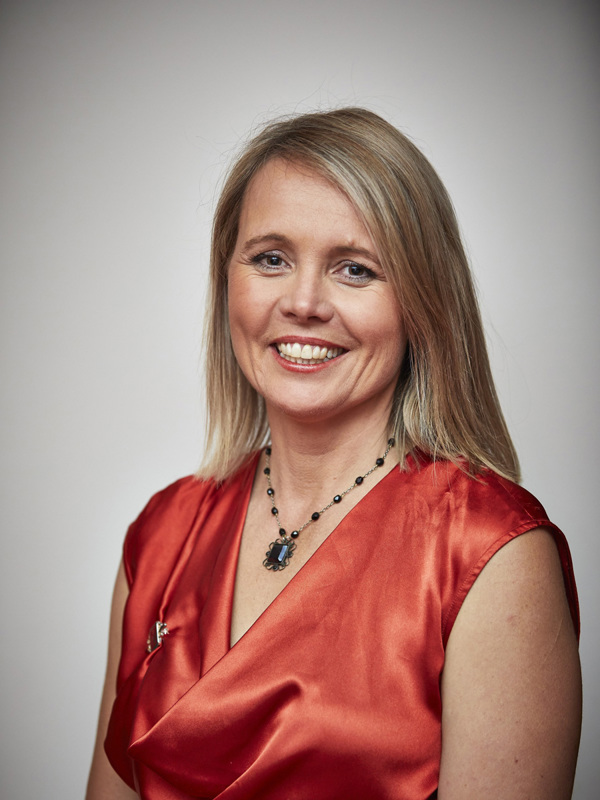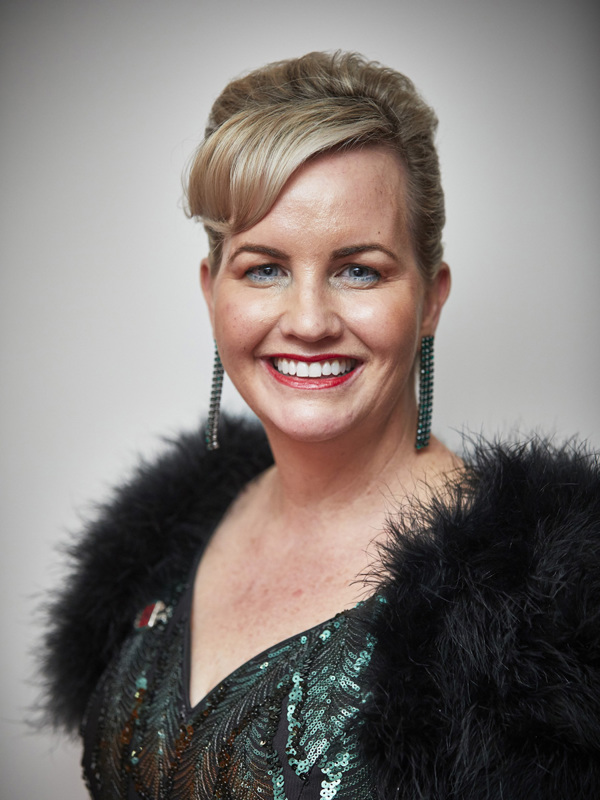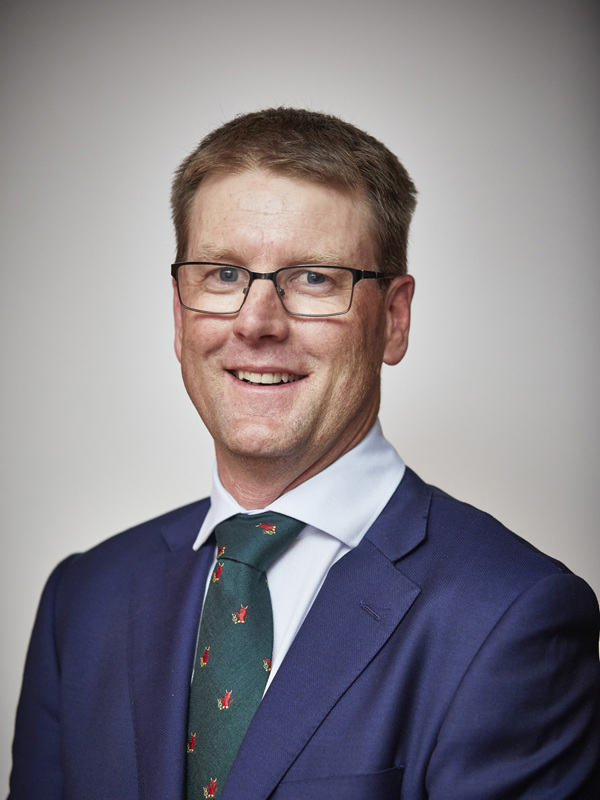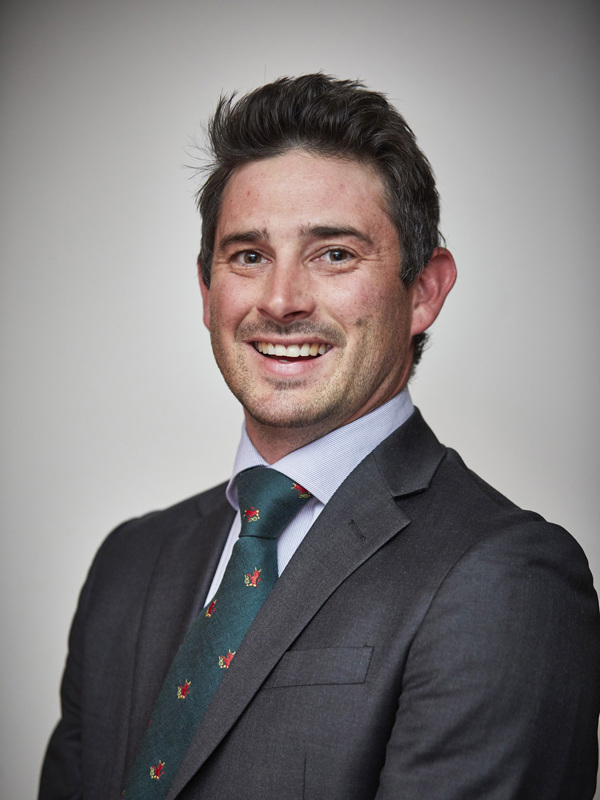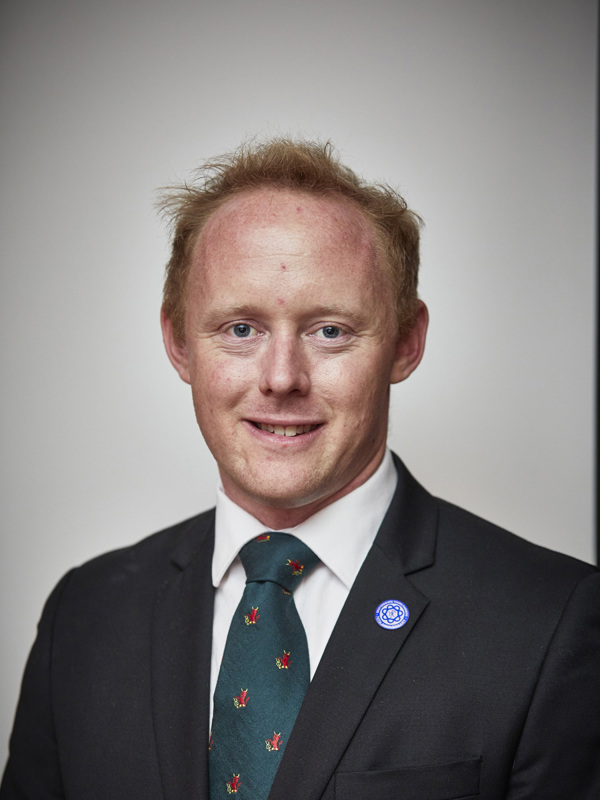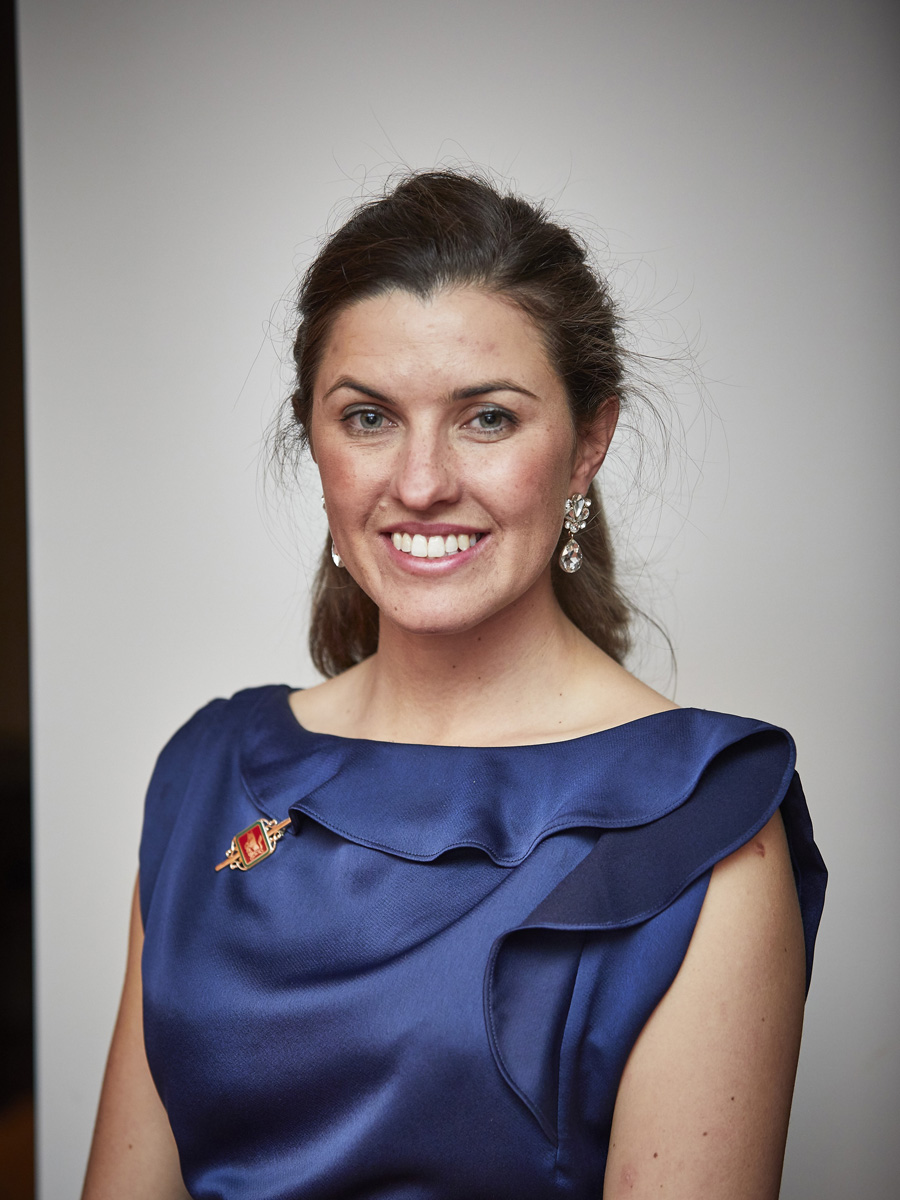
Tamara Uebergang

Australian cotton as antidote to fast fashion
A Queensland cotton grower travelled the world to understand fashion’s complex supply chain and trends
She found demand for sustainable fashion is growing
Australian cotton is well-placed to capitalise on this trend
If Australian cotton were spun into a single origin yarn, it could capture added value as an environmental and socially responsibly produced fabric.
That’s according to South East Queensland farmer and 2019 Nuffield Scholar Tamara Uebergang, who travelled the world to understand fashion’s global supply chain, its impacts and more sustainable alternatives.
“My family have been farmers for generations, and recognise a deep privilege in growing food and fibre. We take our role as stewards of the environment very seriously. I was horrified to learn of the waste, pollution, human exploitation and innumerable perils of the fast fashion industry,” Tamara said.
With her family, Tamara grows cotton, cereals and pulses in Miles, in the Western Downs.
“Before my travels, I considered myself a bulk commodity producer and didn’t have a strong connection to consumers. But in the past few years, I’ve realised that we are at the very beginning of the complex and, at times, obscure supply chain.”
Travelling to South America, Asia, Europe, North America and New Zealand and Europe opened Tamara’s eyes to the level of complexity in the supply chain.
“Studies estimate that a t-shirt will pass through 88 sets of hands before it reaches a customer. This lengthy value chain disconnects sustainable producers from customers who share their values and may be willing to invest in practices they support.”
Tamara says the demand for sustainable fashion is growing and Australian cotton is well-placed to take advantage of this trend.
“If our cotton was spun into a single origin yarn, we could capture added value through a provenance and sustainability proposition.”
She says Australian cotton is some of the highest quality and most environmentally sustainable in the world.
“Australian cotton growers are the world’s most water efficient and use the least pesticides. We have the capacity to be carbon neutral or capture and store more carbon that we produce in our soils, while supporting crop productivity. Consumers really care about modern slavery and this is a topic where Australian cotton growers can confidently, but humbly, invite scrutiny.”
For Australian cotton to be known and valued as an ‘identity fibre’, Tamara says traceability technology, certification and consumer education are key. She found technologies like Oritain that uses DNA and the Australian start-up FibreTrace that uses a rare mineral and blockchain, can trace raw materials to their source. Given Australian cotton’s self-governed best management program, myBMP, is already acknowledged as reciprocal to the globally accepted Better Cotton Initiative (BCI), Tamara would like to see all our cotton certified ‘Better’ under BCI. More sustainability certification will help Australian cotton tell its story to consumers.
“Cotton is an amazing natural fibre – it is reasonably priced, versatile, durable and breathable, which makes it more comfortable to wear than polyester, especially in Australia’s warm climate. Importantly, it’s renewable and compostable – it has the capacity to return to the earth. Whereas synthetics are made with petrochemicals and every time you wash synthetics, thousands of microplastics are pulled free and washed into our oceans and ultimately our food chains.”
To consumers, she has a simple message: “Know the supply chain, know where your products have come from. And keep buying clothes, but invest in pieces that you love, wear them as long as possible, then use them as rags before returning them to the earth.”
Tamara was able to undertake this study thanks to the support of the Sylvia and Charles Viertel Foundation.
Investor Information:
Charles Viertel established the Sylvia and Charles Viertel Charitable Foundation in his Will. The Foundation was established for the benefit of charity; in particular, to benefit organisations or institutions involved in medical research into diseases, and the alleviation of hardship of the aged and the sick.
Charles also directed that money be given to charities with low administrative expenses. Other than its funding for medical research the Foundation almost exclusively directs its funding to Queensland-based charitable organisations or for the benefit of the Queensland community.
Website: www.viertel.org.au
